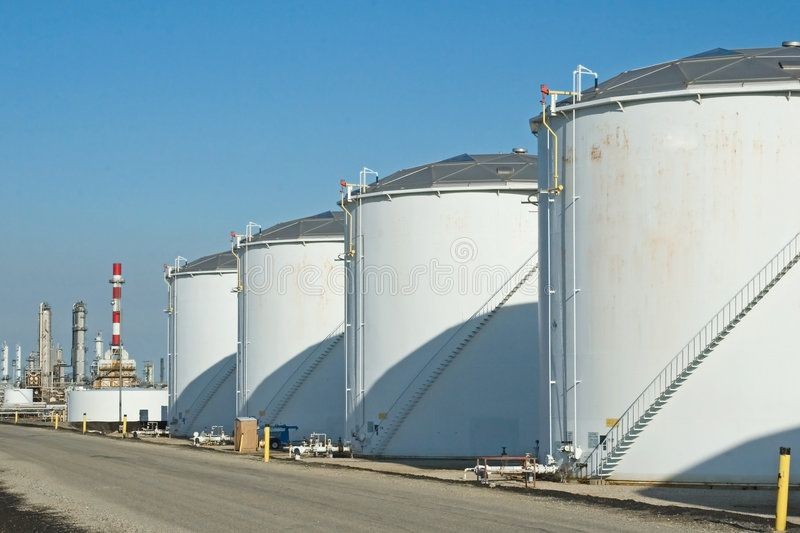Comprehensive Tank Welding Assessment for Industrial Safety and Regulatory Compliance
Making certain industrial security and governing compliance within the realm of container welding inspections is an important facet of maintaining operational honesty and mitigating possible risks. The careful exam of weld quality, material thickness, and general container problem is critical in securing against ecological risks and structural failings. By diving right into the ins and outs of extensive storage tank welding assessments, a much deeper understanding arises of the complex approaches employed to support market requirements and maintain safety and security methods.
Relevance of Container Welding Inspections
Conducting extensive and regular storage tank welding assessments is necessary in making sure the architectural stability, security standards, and regulatory compliance of commercial containers. These assessments play a vital function in determining any potential issues or weak points in the welded joints that could compromise the total stability of the storage tank. By spotting these issues early on, firms can take positive procedures to address them quickly, thereby protecting against expensive repair work, environmental contamination, or, in the worst-case circumstance, devastating failures.
Normal storage tank welding inspections additionally help companies adhere to industry laws and requirements established forth by authorities such as the American Oil Institute (API) or Occupational Safety and Wellness Administration (OSHA) Failing to satisfy these needs can lead to penalties, legal effects, and even the suspension of procedures. Tank Welding Inspection Service. As a result, purchasing detailed tank welding assessments not only safeguards the wellness of employees and the surrounding atmosphere yet also shields the company's online reputation and bottom line in the future
Trick Parts of Weld High Quality Evaluation
Ensuring the top quality of welds includes a precise assessment of key parts that add to the structural integrity and integrity of industrial tanks. One critical facet of weld quality analysis is the evaluation of weld penetration. By adequately assessing these key parts, examiners can help assure that welded joints fulfill the needed standards for safety and security and regulative conformity in industrial container building.
Material Density Evaluation Strategies
In the context of weld high quality analysis, an important aspect to think about is the utilization of product density assessment strategies. Precise dimension of material thickness is crucial in making sure the architectural integrity and safety and security of welded storage tanks. Numerous non-destructive testing (NDT) techniques are used for assessing material density, consisting of ultrasonic testing, radiographic screening, and magnetic fragment inspection. Ultrasonic testing entails making use of high-frequency acoustic waves to figure out Continued product thickness by measuring the moment considered the audio waves to travel with the product and mirror back. Radiographic screening uses X-rays or gamma rays to create pictures revealing worldly density. Magnetic particle evaluation is efficient for detecting surface and near-surface problems that may influence material thickness. These methods not just aid in evaluating the thickness of materials but also aid in determining any type of prospective issues or discontinuities that can jeopardize the weld quality and total integrity of the container framework. By using these product thickness examination methods, sectors can make certain compliance with safety standards and regulations, consequently enhancing general functional safety and reliability.
Container Problem Exam Approaches
A necessary element in keeping the integrity and safety and security of bonded storage tanks is the comprehensive exam of tank conditions through trusted examination methods. Tank condition evaluation methods play a vital role in making sure the architectural soundness and operational effectiveness of commercial containers. Regular examinations making use of these methods are important for avoiding disastrous failings and making certain the lasting integrity of welded storage tanks.
Advantages of Normal Examination Practices
Routine inspection practices not only safeguard versus prospective issues identified throughout storage tank condition evaluation approaches but likewise serve as proactive actions in maintaining the structural honesty and functional efficiency of welded containers. By conducting regular examinations, industrial facilities can recognize any indications of corrosion, splits, leakages, or other flaws in the tank welds promptly. This early discovery makes it possible for timely repair services or maintenance interventions, avoiding little concerns from intensifying check this site out into larger, more costly troubles that can jeopardize security or lead to regulative non-compliance.

Final Thought

In conclusion, detailed container welding examinations are this link essential for ensuring industrial safety and regulatory conformity. By carrying out regular evaluations and assessments of weld top quality, product density, and container condition, companies can identify potential threats and avoid costly accidents. Applying an aggressive approach to assessment techniques can assist preserve the architectural integrity of containers, safeguard the setting, and make sure the safety of workers and the surrounding neighborhood.
